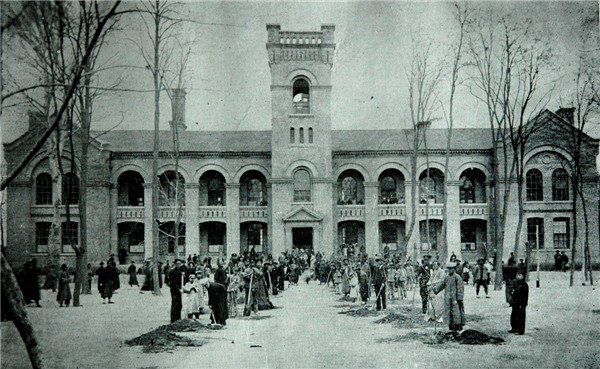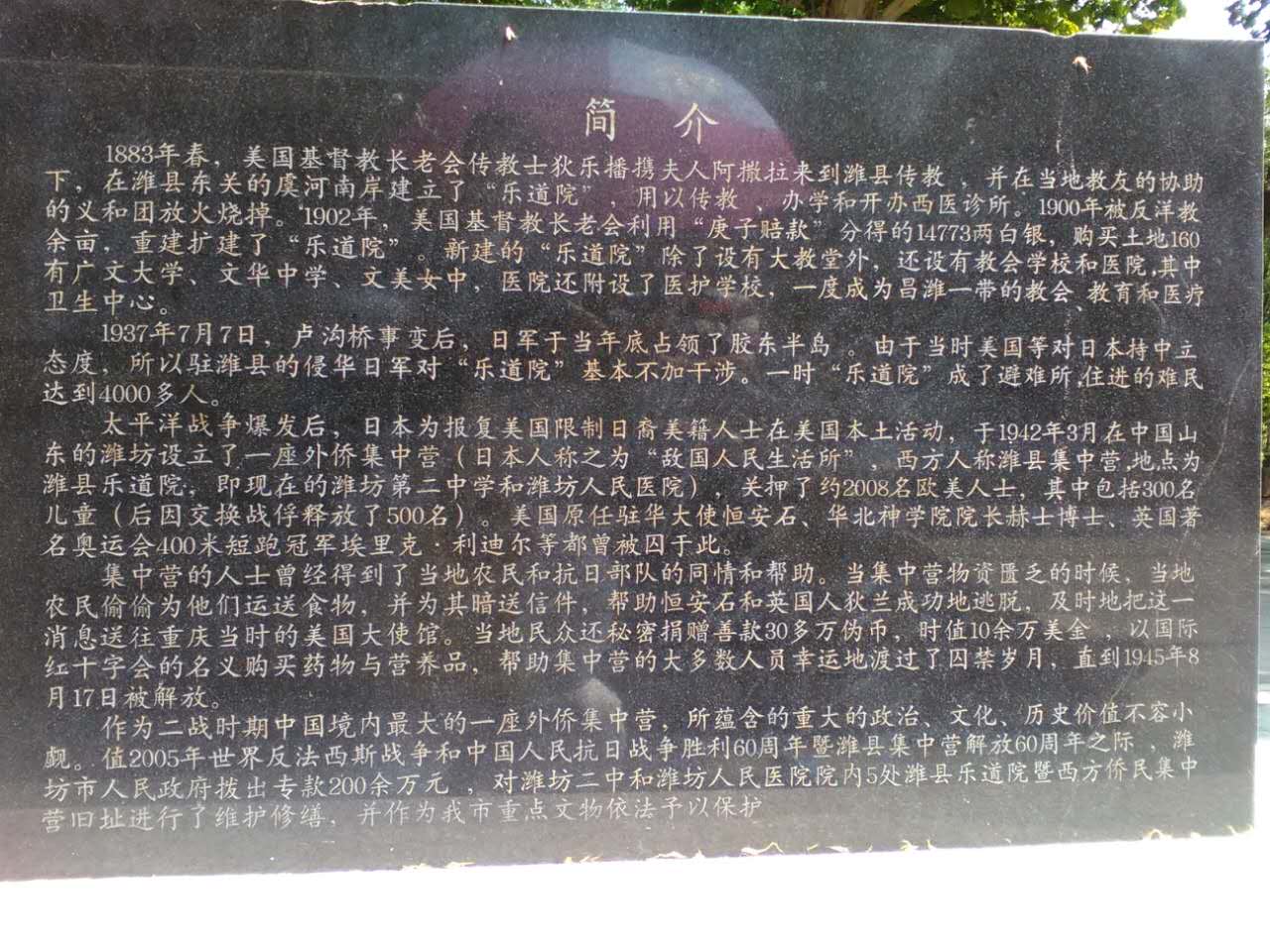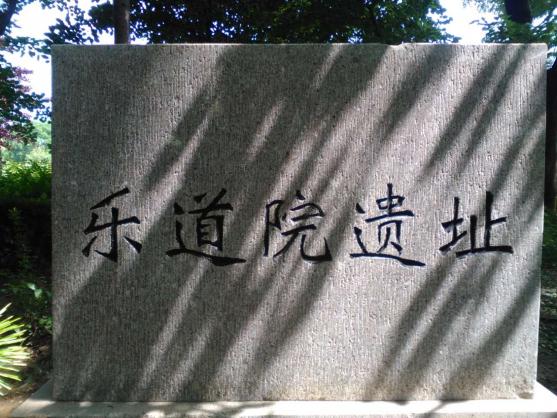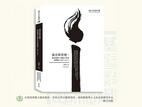In the coastal city of Weifang, Shandong province, stand several dark, gray European-style buildings from the 19th century.
The passage of time has left them with peeling walls, broken windows and sunken foundations that disguise their former state, but they are a unique part of Chinese history.

Many residents are unaware of the story of these inconspicuous dwellings, now dwarfed by a middle school and a hospital.
Nearby, a well-designed square houses a 20-meter sculpture that depicts a group of foreigners holding hands with Chinese people. The base is covered by carved Chinese characters that spell the names, ages, professions and nationalities of 2,008 people - 327 of them children - from more than 30 countries.

On closer inspection, the visitor discovers the names include renowned politicians, artists, scientists and even sportsmen: R. Jaegher, a foreign-born adviser to Chiang Kai-shek; the Reverend W.M. Hayes, president of the former Huabei Theological Seminary; Arthur W. Hummel, former US ambassador to China; and Eric Liddell, the British athlete who won the 400m gold medal at the 1924 Olympic Games.
But how did a third-tier Chinese city manage to attract so much foreign talent?
The story begins in December 1941 when the Japanese attacked Pearl Harbor, immediately changing the status of Westerners in China's coastal regions, turning them from untouchable neutrals into enemy aliens. Within a few months all Allied Westerners in Japanese-occupied China were interned in camps.
The establishment in Weifang, known as Weihsien Concentration Camp, was the largest Japanese camp in China. It housed prisoners from many countries during World War II. Most of the internees endured three years there.
Rotten meat
Edmund Pearson, 78, a retired Canadian engineer and businessman was among the internees. Although he was just 6 years old when he was interned, he remembers everything.
Fearing the internees could make contact with the outside world or even escape, the Japanese covered the walls with electrified wires and set up searchlights and machine guns in the guard towers. The camp was under military management and the internees were forced to wear armbands displaying a large black letter to indicate their nationalities - "B" for British, "A" for American, and so on.
Loss of dignity
Some people have called Weihsien camp "the Oriental Auschwitz".
"Because of the poor sanitary conditions and the shortages of food and medical care, several people died in the camp. But still I don't agree with calling it 'Auschwitz' because there was no slaughter there. That's the truth. Japan mainly wanted to humiliate the allied countries," said Xia Baoshu, 82, a Weihsien camp researcher and former president of Weifang People's Hospital.
Mary Taylor Previte, 81, who later served in the New Jersey General Assembly, was interned at the age of 9.
"The second day after the attack on Pearl Harbor, Japanese soldiers appeared on the doorstep of our school. They said we were now prisoners of the Japanese. I remember so well when the Japanese came and marched the school away - perhaps 200 teachers, children and old people - to the concentration camp. I will never forget that day. A long, snaking line of children marching into the unknown, singing a song of hope from the Bible," she said.

 Nowadays appearance of the old house of Ledao Home(Credit: Gospeltimes.cn)
Nowadays appearance of the old house of Ledao Home(Credit: Gospeltimes.cn)
Source: China Daily









